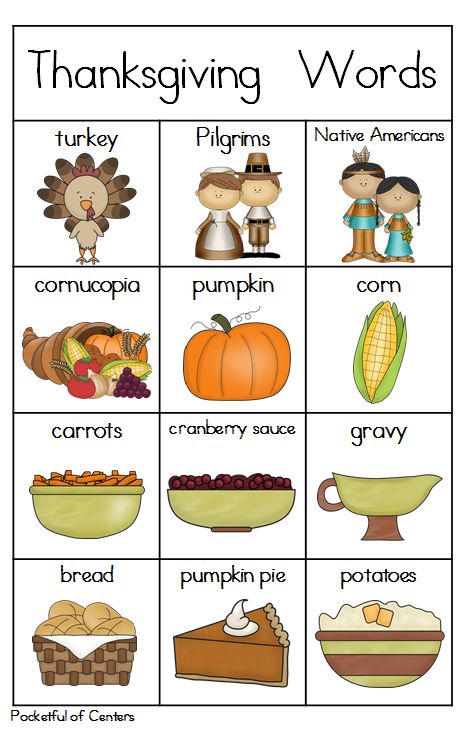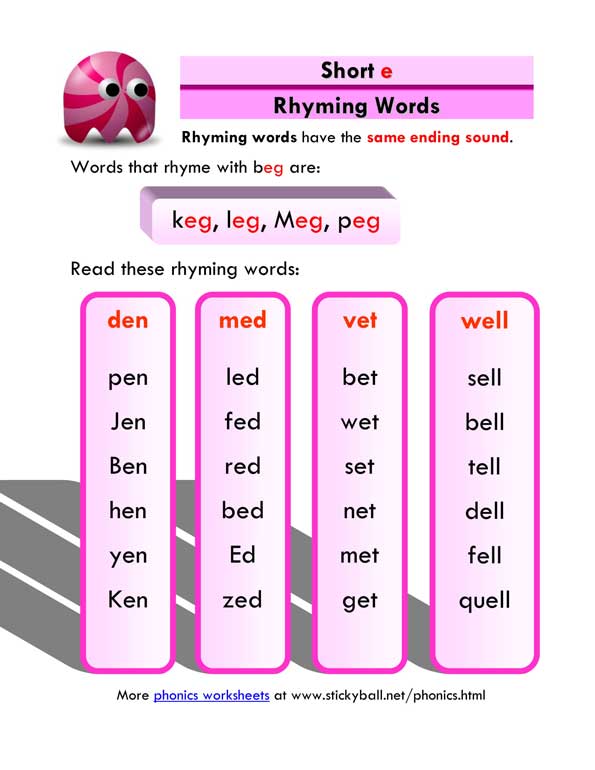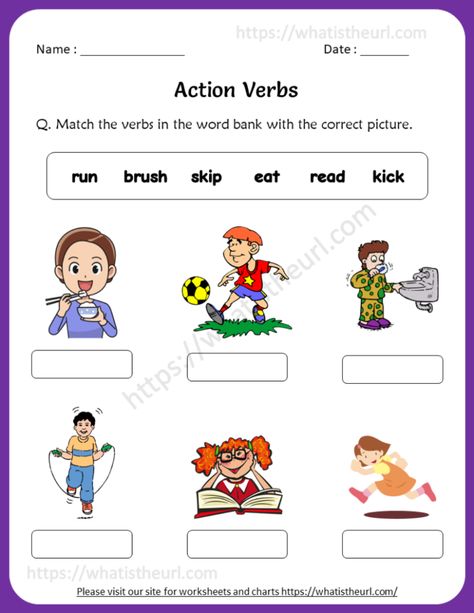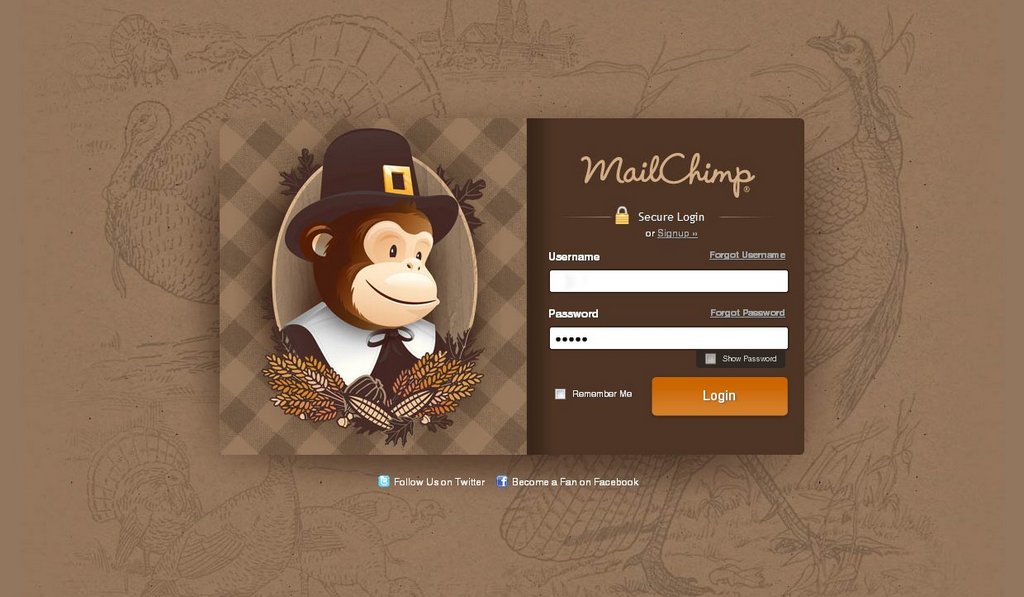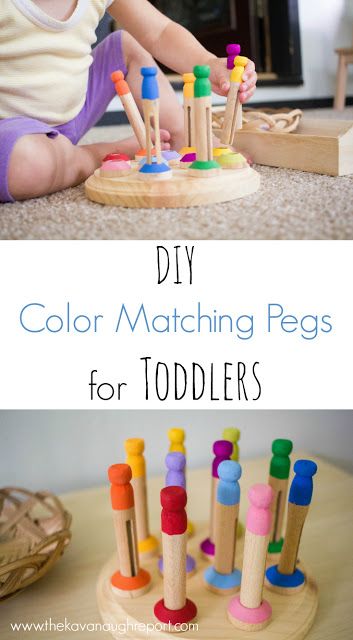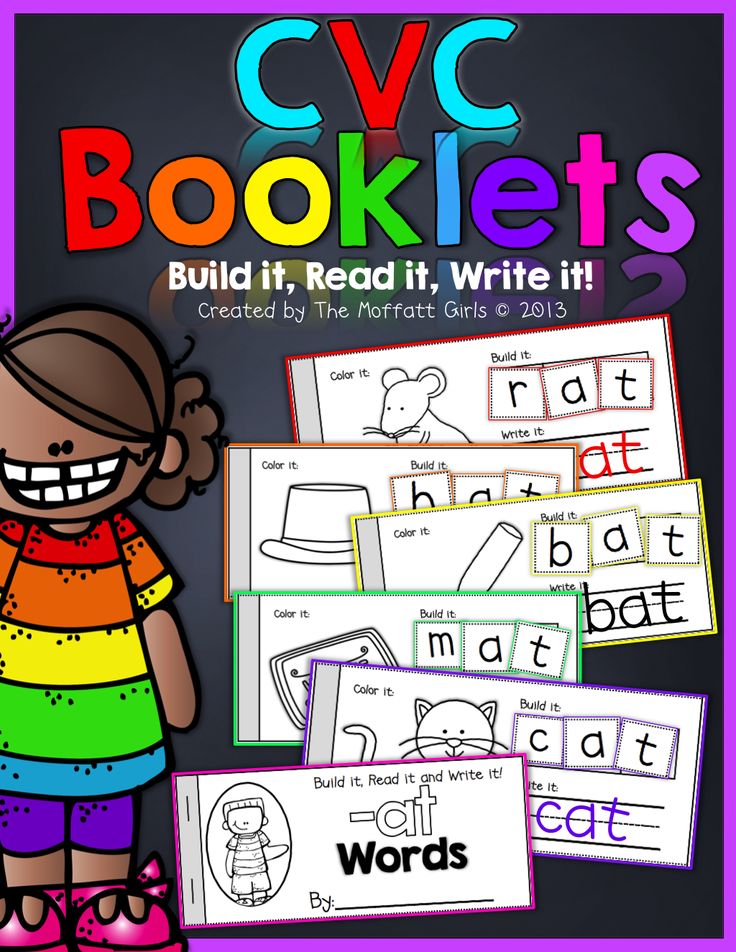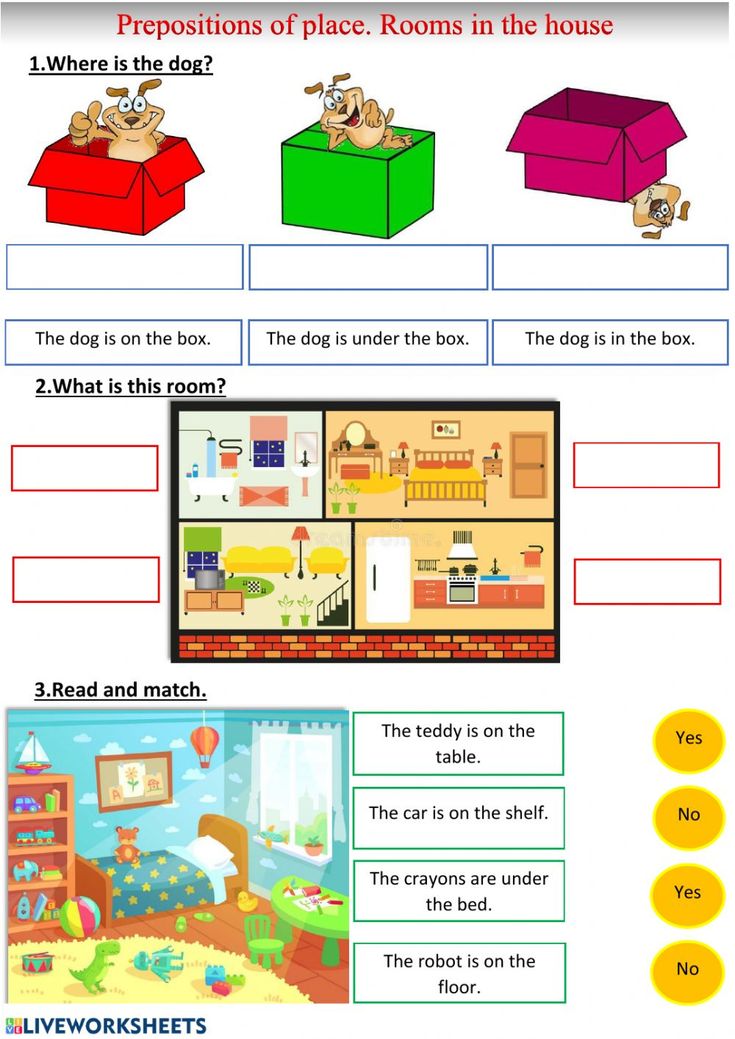Vocabulary activities for kindergarteners
Vocabulary: Activities for Your Kindergartener
Overview
Talking to and reading with your kindergartener are two terrific ways to help them learn new words. Conversations and questions about interesting words are easy, non-threatening ways to get new words into everyday talk.
Use rich language in conversations with your child
Even very young children love to hear and learn new words! Help your child expand their word bank and knowledge of the world by using interesting and vivid words instead of simpler language in your everyday conversations. For example, instead of saying, "this ice cream is good" you might say, "this caramel ice cream is scrumptious."
Read with your child every day
Reading aloud exposes your child to lots of vivid language that is not found in books for beginning readers. When you come upon a new and interesting word, take the time to stop and ask your child what they think that word might mean in the context of the story.
Then offer a kid-friendly definition of the word and connect it to a similar word and a shared experience.
Patience!
Word learning and vocabulary growth takes time and patience. Don't expect your child to learn a new word after one conversation or one read aloud. True word learning happens after being exposed to words several times. We all learn about words throughout our lifetime. You're getting your child off to a great start by developing an early interest in words.
Vocabulary in kindergarten
Try these vocabulary activities at home
Bring in the nonfiction
Nonfiction and informational books (such as the DK Eyewitness series) offer young children a treasure chest of new and interesting words about our world. If the book has a glossary, spend some time discussing the words with your child, and as you read aloud stop as often as needed to think about new words and how they connect to what your child already knows about.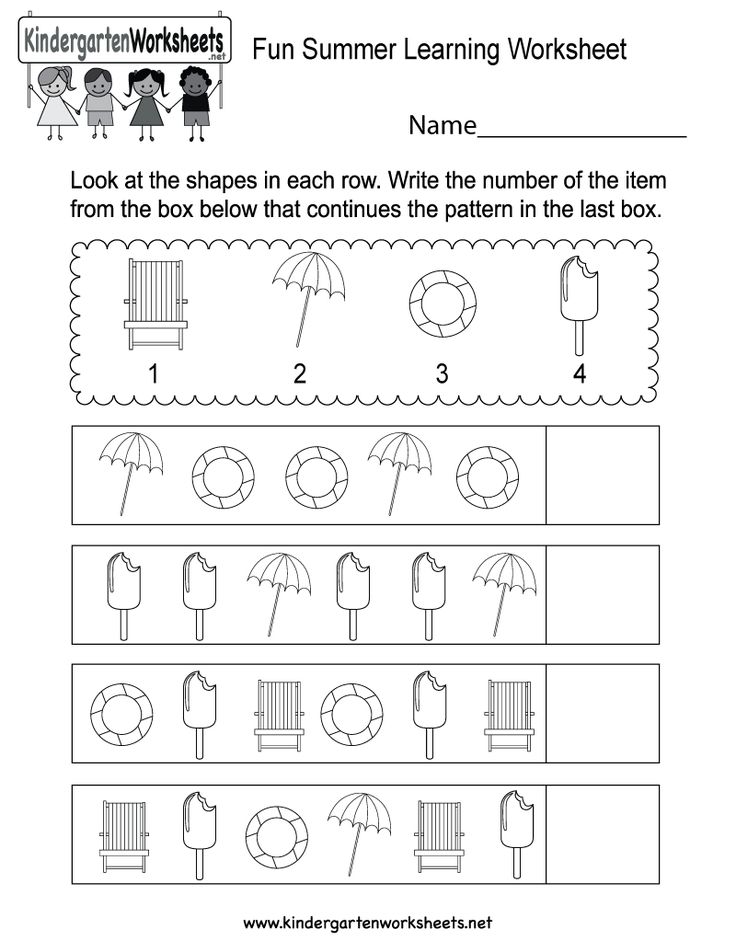
Talk about new words during read alouds
Talking to and reading with your child are two terrific ways to help them hear and read new words. Conversations and questions about interesting words are easy ways to get new words into everyday talk. "The book says, 'The boy tumbled down the hill,' and look at the picture! How do you think he went down the hill?"
Sharing a new word with your child doesn't have to take a long time: just a few minutes to talk about the word and then focus back on the book or conversation. Choose which words to talk about carefully — choosing every new word might make reading seem like a chore. The best words to explore are ones that are less common to see in the books your child might read. When introducing new words to your young learner, keep the following four helpful hints in mind:
- Provide a simple, kid-friendly definition for the new word: Enormous means that something is really, really big.
- Offer a simple, kid-friendly example that makes sense within their daily life: Remember that really big watermelon we got at the grocery store? That was an enormous watermelon!
- Encourage your child to develop their own example: What enormous thing can you think of? Can you think of something really big that you saw today? That's right! The bulldozer near the park was enormous! Those tires were huge.
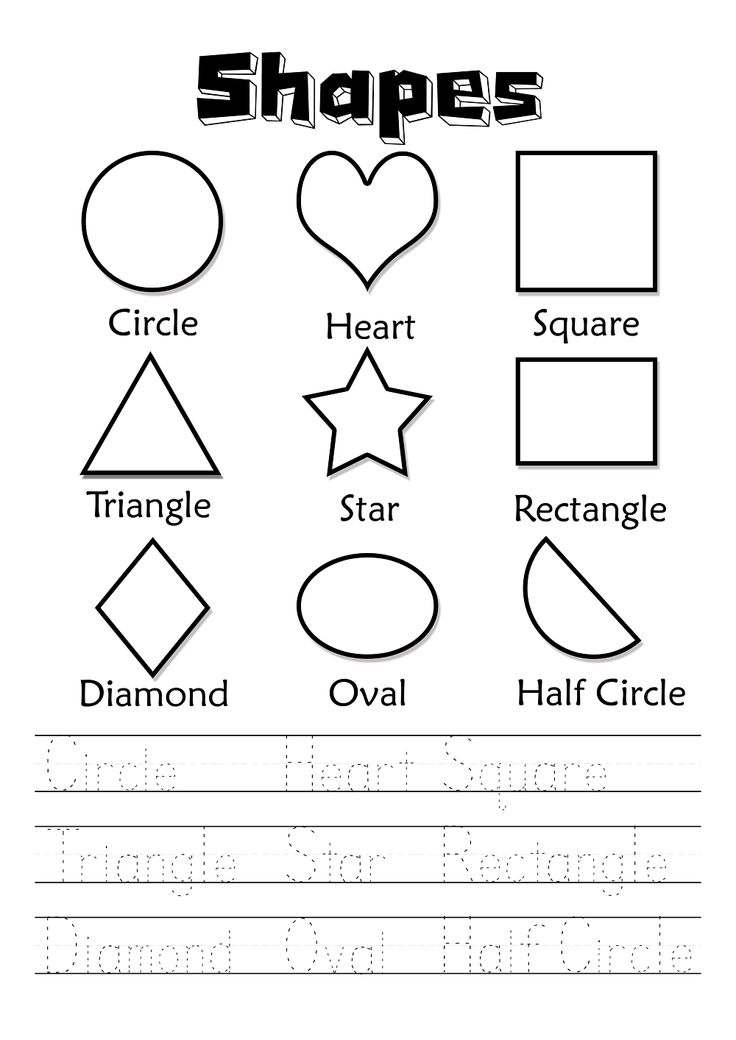
- Keep your new words active within your house. Over the next few days and weeks, take advantage of opportunities to use each new vocabulary word in conversation. Kids often need to hear a new word in context ten times or more before they "know" that word.
How do I help my child learn new words while we read aloud?
Reading aloud is a great way for children to learn new words. Literacy expert Sandra Wilborn suggests that parents pause during the read aloud to elaborate on a new word by giving a simple definition, connecting the word to something your child knows, and using it in a sentence. Reinforce the learning by using that new word at home in the weeks ahead. (From our video series Reading SOS: Expert Answers to Family Questions About Reading.)
Give them great words
Children's author Jane Yolen (Owl Moon, How Do Dinosaurs Say Goodnight?) delights in using rich language in her picture books.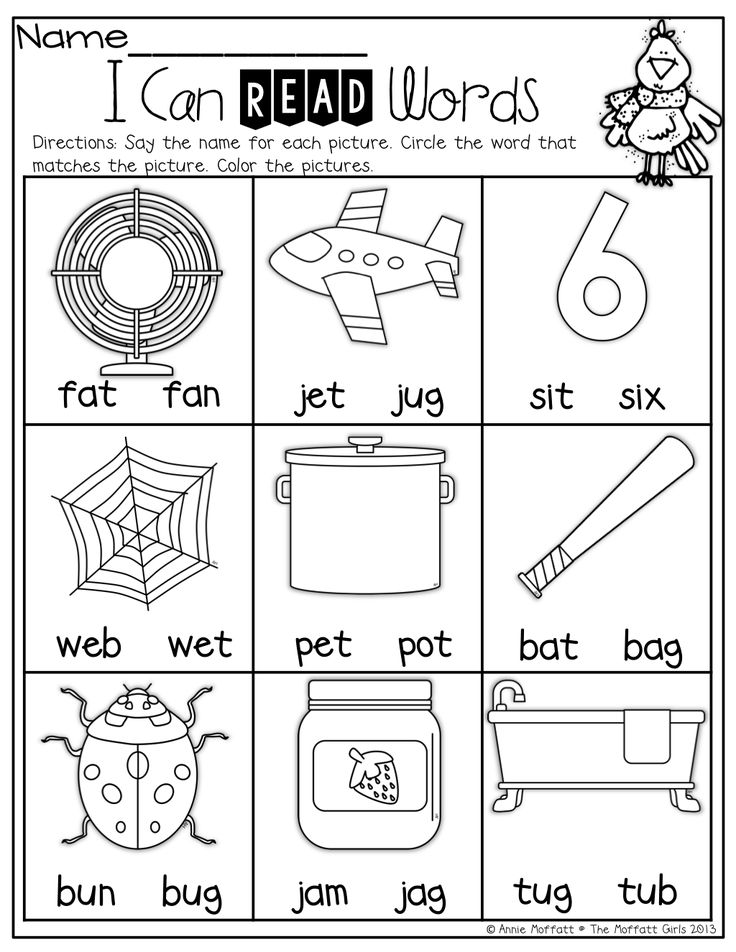 In this clip from our video interview with Yolen, she says she often has to fight to keep good words — that really stretch vocabulary learning — in her picture books.
In this clip from our video interview with Yolen, she says she often has to fight to keep good words — that really stretch vocabulary learning — in her picture books.
Grocery store vocabulary
The produce section is a great place to hear new interesting words. Words like rhubarb, asparagus, artichoke, and kiwi are fun to say, and fun to eat. As you introduce each one, use descriptive words to help your child learn. "A kiwi has a fuzzy outside, but the inside is bright green with black seeds!"
Start at the root
Begin with a simple root word, such as push. Ask your child to come up with words they know that contain that word, such as pushing, pushed, pushover, push-up. Talk about how all these words have some shared meaning related to the word push.
Consider the prefix
Numeric prefixes like bi- and tri- are a part of many words kids know and use.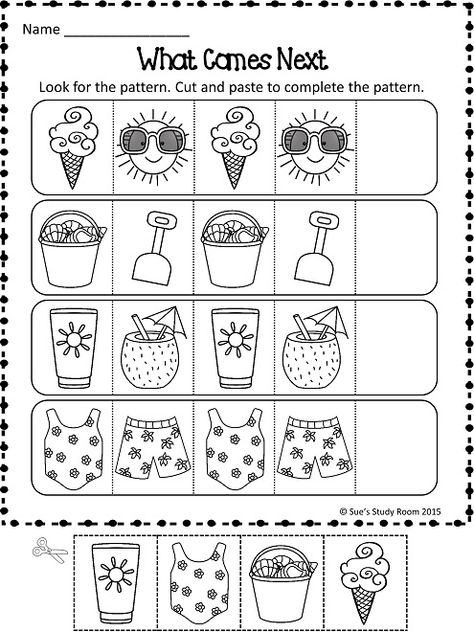 Discuss words like tricycle, tricep, triangle. All these words share the prefix tri-, which means three. Can they develop a list of words that begin with the prefix bi- (like bicycle and binoculars)? This gives you a great chance to introduce new words, like bicentennial, bicep, and biped. You can generate similar word lists with the numeric prefixes uni, octo, and cent.
Discuss words like tricycle, tricep, triangle. All these words share the prefix tri-, which means three. Can they develop a list of words that begin with the prefix bi- (like bicycle and binoculars)? This gives you a great chance to introduce new words, like bicentennial, bicep, and biped. You can generate similar word lists with the numeric prefixes uni, octo, and cent.
Word connections
Try this activity from the Florida Center for Reading Research (FCRR). The FCRR "At Home" series was developed especially for families! Watch the video and then download the activity: Word Connections. See all FCRR vocabulary activities here.
Homonym fun
Homonyms — words that sound the same but have different meanings — provide a great opportunity for word fun. Say a word out loud, and see if your child can generate more than one meaning for the word.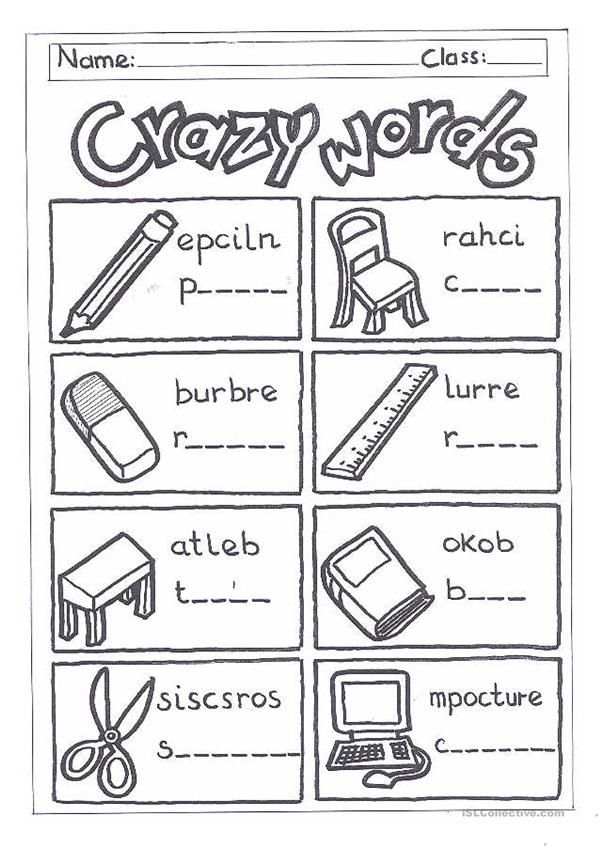 For example:
For example:
bark: the sound a dog makes
bark: the covering on a treering: jewelry you wear on your finger
ring: the sound a doorbell makes
Explore your world
Visits to a museum, the zoo, the botanical garden, historical sites, and even your neighborhood park are terrific opportunities to introduce your child to new words. Spend some time looking at the signage and identifying new words, then connecting them to what you see right there.
"What’s another word for ..."
This game helps your child learn there’s more than one word for everyday things. For example, look around you and say, "what's another word for couch?" (sofa, ottoman). Or, "what's another word for cup?" (glass, mug). You can extend the game by talking about how two things are similar but not exactly alike (glass, mug). That helps your child learn about the subtle differences in related words.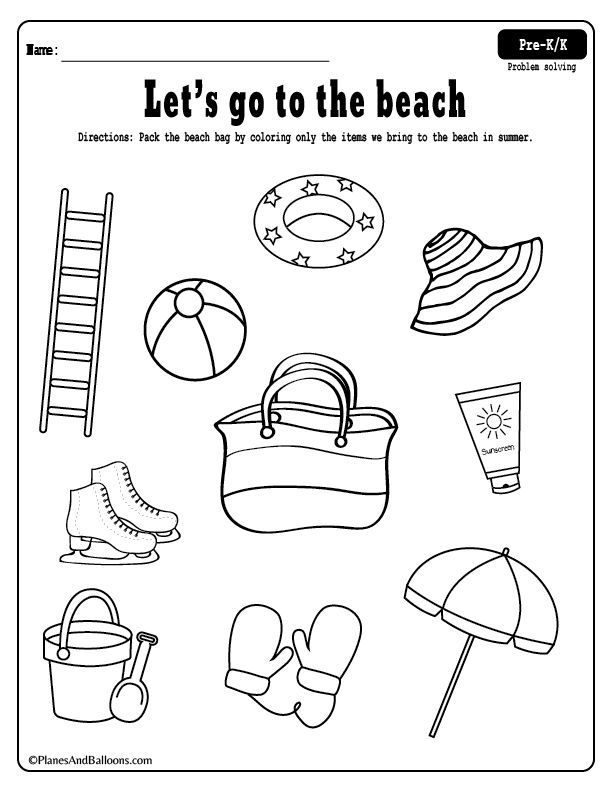
What does this word mean? Helping a kindergartner learn new vocabulary
This video is from Home Reading Helper, a resource for parents to elevate children’s reading at home provided by Read Charlotte. Find more video, parent activities, printables, and other resources at Home Reading Helper.
Understanding vocabulary: why it’s critical to your child’s reading
This video is from Home Reading Helper, a resource for parents to elevate children’s reading at home provided by Read Charlotte. Find more video, parent activities, printables, and other resources at Home Reading Helper.
More vocabulary resources
Vocabulary apps
Reviews provided by Common Sense Media.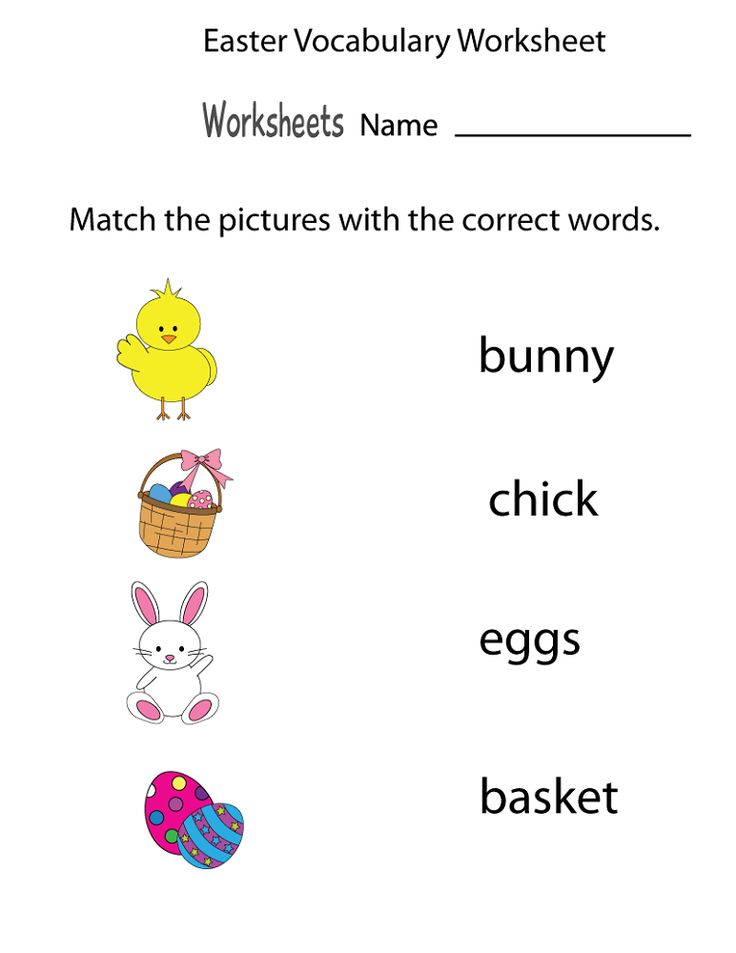
5 Simple Vocabulary Activities for Kindergarten
Vocabulary instruction can be hard to fit into your daily schedule in Kindergarten. Luckily, teaching and practicing vocabulary words can easily work throughout your day. These 5 simple vocabulary activities for Kindergarten take little to no time to prep and can also be used as time fillers, transitions, and lesson ideas.
To read more about how to teach vocabulary in Kindergarten, check out this blog post here.
Word of the week
The easiest way to implement more vocabulary practice in your day is to have a word of the week. This word can be from one of your lessons, seasonal or holiday themed, or just a word that you want to teach them. Don’t overthink this word, just pick one and move on.
With our word of the week, I introduced it every Monday morning during our morning meeting. Sometimes they knew what the word was, sometimes they didn’t know. We used this word throughout the week in our lessons, transitions, and more.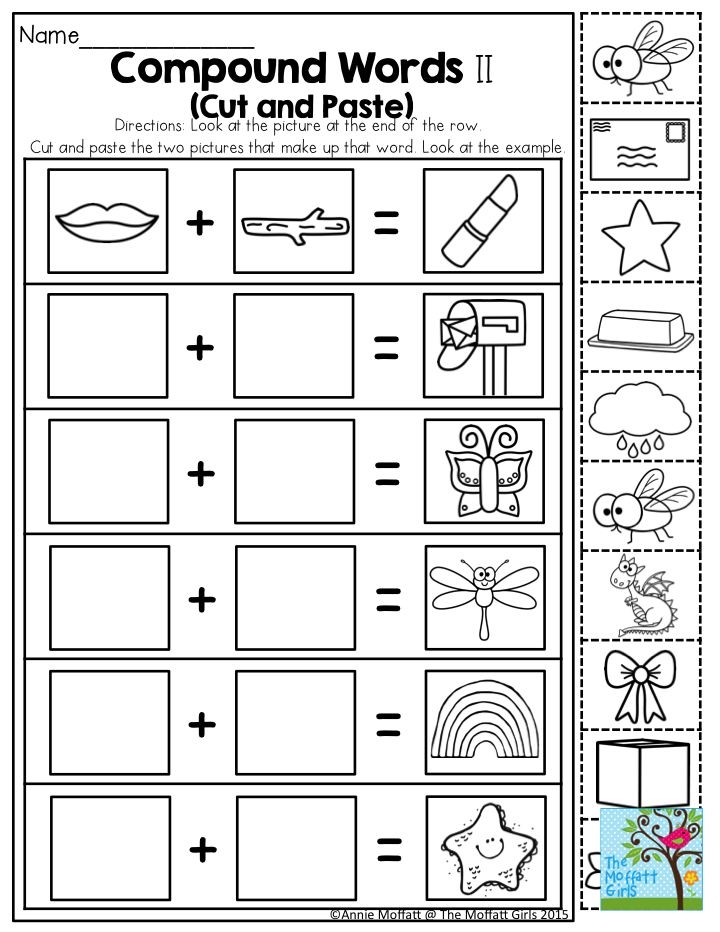 You can read more about how I implemented a word of the week in this post here.
You can read more about how I implemented a word of the week in this post here.
Missing Word
Finding the missing word is a great activity to practice both vocabulary and reading comprehension. You can do this once or twice a week as a quick vocabulary lesson or when you have 5 extra minutes in your day.
First, you will pick a sentence and leave one word missing. It’s best to write the sentence on the board, even if they cannot read, so they can visualize the spot that is missing the word. Read the sentence with the blank and have students repeat.
Ask your students, “What word is missing?” Give your students some time to think about what word it could be. You can also show or tell them 3 words as their options to see which one works for the blank space.
For example, your sentence may be “The moon ____ at night.” You may have the words “appears, relaxes, or invites” Only the word “appears” makes sense in that sentence. This will help students understand the definition of the word.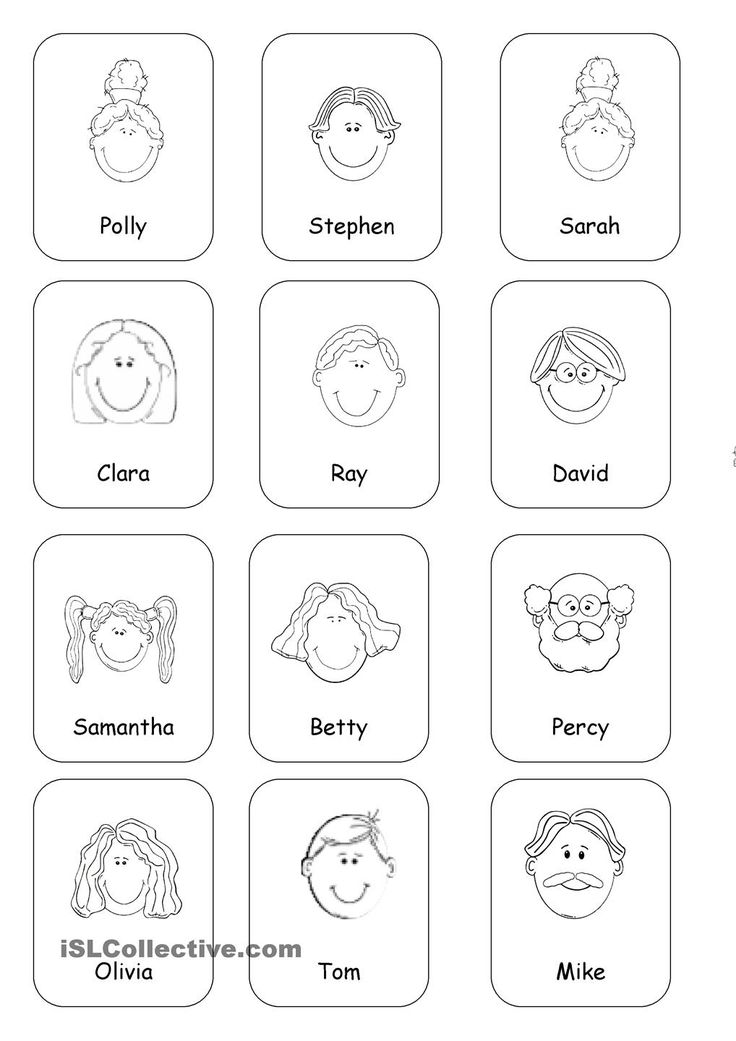
If you teach First Grade and up, this is a great activity that they can do independently. You can find this Missing Word worksheet in my CVCe Words Worksheet pack.
What's another word for?
A quick, no prep activity that works well when you have a little extra time is this “what’s another word for?” game. First, you will think of a word, like “cup” that has multiple words that mean the same thing- a cup can be called a “mug, glass, tumbler, etc”. Challenge your students to think of as many words that can be used in place of cup. You can have your students share with the student next to them the word or words they thought of. Then, call on students to share and write them down. Try to encourage your students to use these alternate words throughout the week.
Here’s a few examples:
- Run- jog, sprint
- Shirt- top, blouse, tee
- Cold- chilly, freezing, cool
Vocabulary Call and Response Activity
This activity is one I liked to do with my word of the week.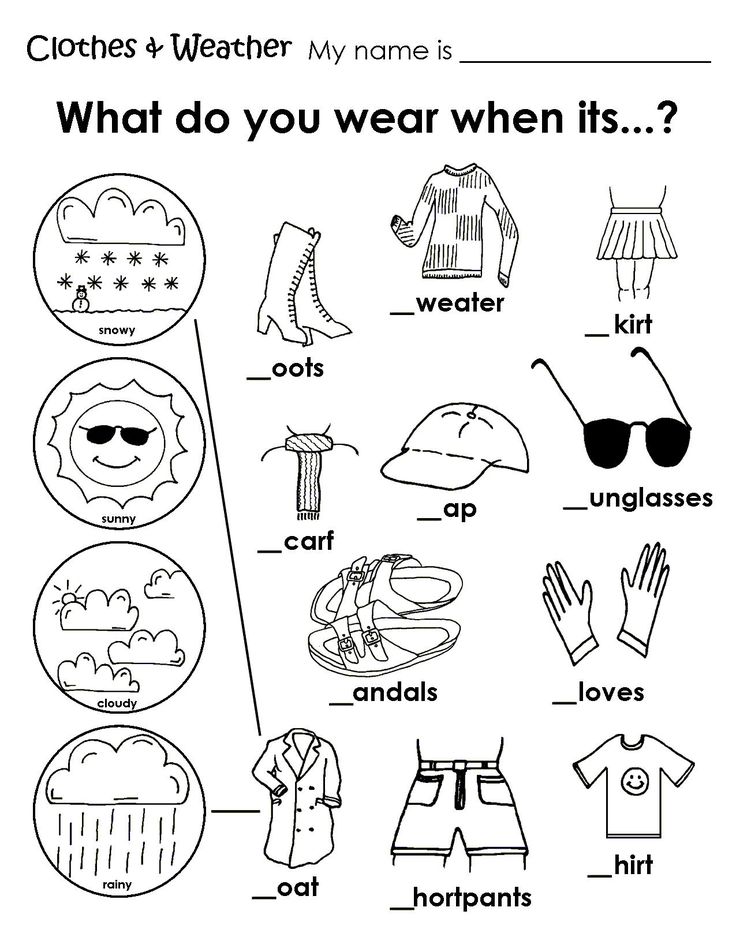 To see if students truly understand what a word is, we do this call and response activity. You will tell them the word first. “The word is ‘bloom’. What does the word ‘bloom’ mean?” Have your students tell you what the word means. Then you will say, “Okay, I am going to say a word. If this word can ‘bloom’, then you will say the word ‘bloom’. If it cannot, then you will be quiet.” So, you will say words like flower, garden, plant, and then also words like lion, computer, candle to see if they are able to identify the words that go with the vocabulary word.
To see if students truly understand what a word is, we do this call and response activity. You will tell them the word first. “The word is ‘bloom’. What does the word ‘bloom’ mean?” Have your students tell you what the word means. Then you will say, “Okay, I am going to say a word. If this word can ‘bloom’, then you will say the word ‘bloom’. If it cannot, then you will be quiet.” So, you will say words like flower, garden, plant, and then also words like lion, computer, candle to see if they are able to identify the words that go with the vocabulary word.
Picture sorts
We used picture sorts all the time to practice sorting by sound, but they are also the perfect opportunity for a mini vocabulary lesson! When you are working on a picture sort, you may come across trickier words, like “blimp”, “clover”, or “pliers”. Rather than dismissing these words as “too hard” for a Kindergartener, teach them what the words mean as you are doing the activity together. You can watch how I use picture sorts to practice vocabulary here.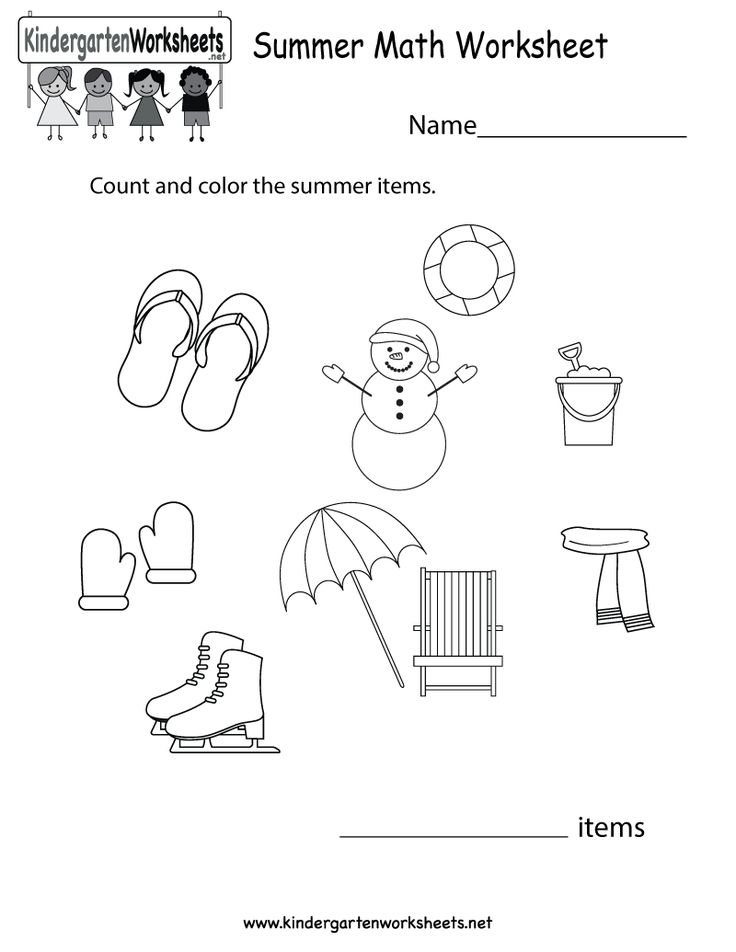
Find all my Phonics Picture Sorts in my Teachers Pay Teachers store here.
Which one of these simple vocabulary activities for Kindergarten will you try with your students?
Vocabulary work in kindergarten. | Article on the development of speech (middle group) on the topic:
Tasks and content of vocabulary work in kindergarten
Vocabulary work in kindergarten is aimed at creating the lexical basis of speech and occupies an important place in the overall system of work on the speech development of children.
In vocabulary work with preschoolers, two aspects are distinguished: 1. Mastering by the child the subject relatedness of words and their conceptual content (familiarization of children with the names of specific objects, concepts).
2. Assimilation of the word as a unit of the lexical system, its connections with other lexical units (acquaintance of children with polysemantic words, disclosure of their semantics, precise use of antonyms, synonyms, polysemantic words, i.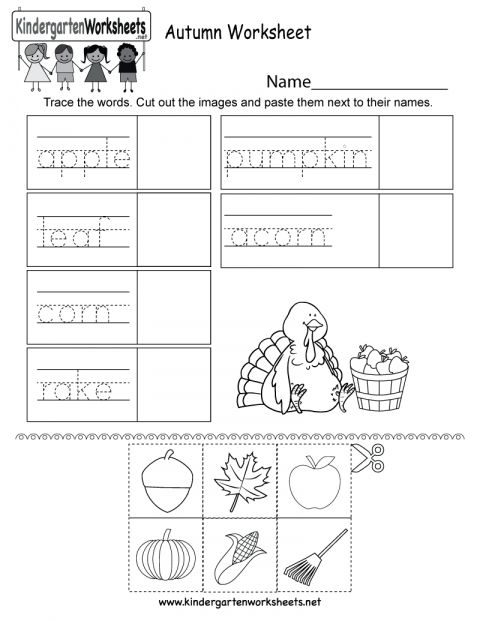 e. development of the semantic aspect of speech).
e. development of the semantic aspect of speech).
In the middle group, the child's active vocabulary reaches 1900-2000 words. In the speech of children, the number of abbreviations, permutations, and omissions decreases. The child names animals and their cubs, professions of people. Children use a more complicated and common phrase. There are compound and complex sentences, prepositions are used: by, before, after, instead. Unions: what, where, how much. The child understands conditional sentences with the words "if". Speech becomes more coherent and consistent. Children learn to answer questions, retell well-known fairy tales, stories (with the help of adults). By the age of five, almost all age-related pronunciation errors disappear.
The main task of the educator is to expand the children's active vocabulary. Learn to use in speech the names of objects, their parts, the materials from which they are made. Learn to use the most common adjectives, verbs, adverbs, prepositions in speech.
There is a whole system of activities that contribute to the development of children's vocabulary. Classes on primary acquaintance with objects and phenomena:
- Demonstration of objects and phenomena.
- Didactic games.
- Classes for comparing objects.
- Classes on familiarization with the properties and qualities of objects.
- Acquaintance with specific concepts.
- On familiarization with generic concepts.
- Classes for teaching children to guess and compose riddles.
At preschool age, play is of great importance in the speech development of children. For speech development, all types of gaming activities are used:
creative role-playing games,
dramatization games,
outdoor games,
didactic games
board and print games.
Didactic game develops coherent speech, forms the correct pronunciation, the ability to express one's thoughts, replenishes and activates the dictionary.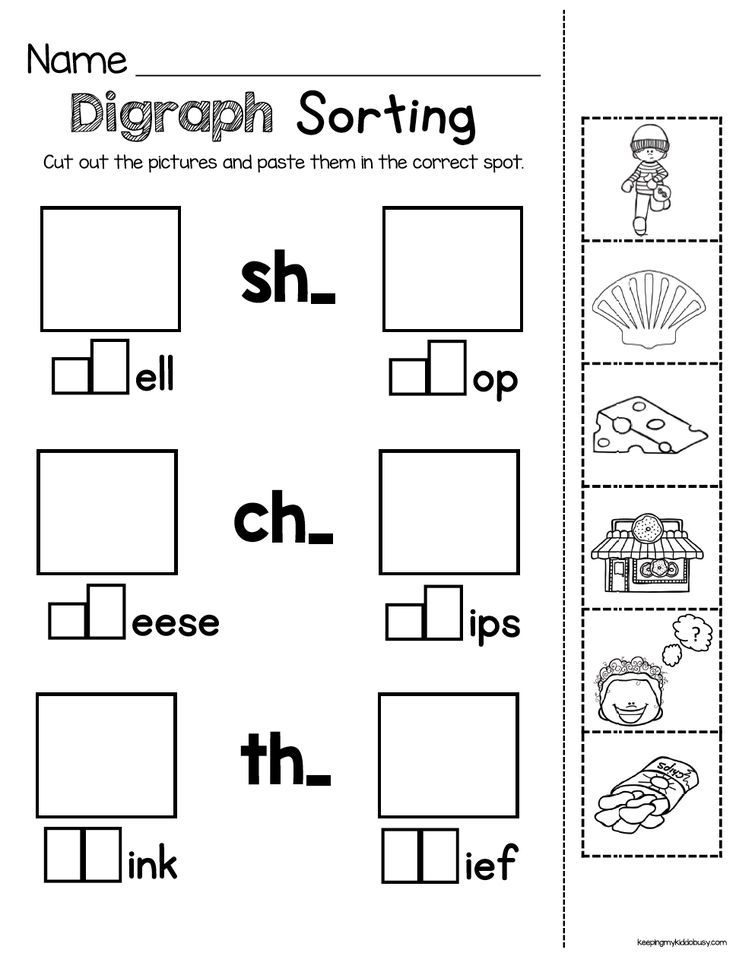
In my work with children on the topic of self-education, I use various games and exercises. For example, according to the formation of a subject dictionary, the game: “What happens like?”
- What is round?
- What can be long?
- What can be high?
- What is green?
- What is cold?
- What can be sweet?
- What can be prickly?
- What can be spicy?
- What is easy?
Ball games: “Say it kindly”, “Throw the ball - name the animals”, “Throw the ball - name the fruits”
Game: “One - many”
(we are magicians a little: there was one, but there will be many )
I also use games to develop word-building skills:
Game: “Who has who?”
A squirrel has a squirrel, squirrels.
At the hare - …….., …….
Foxes - ……., ……..
Hedgehogs - ……., …….
Games for matching nouns with adjectives:
"Guess who I am?"
Small, prickly - .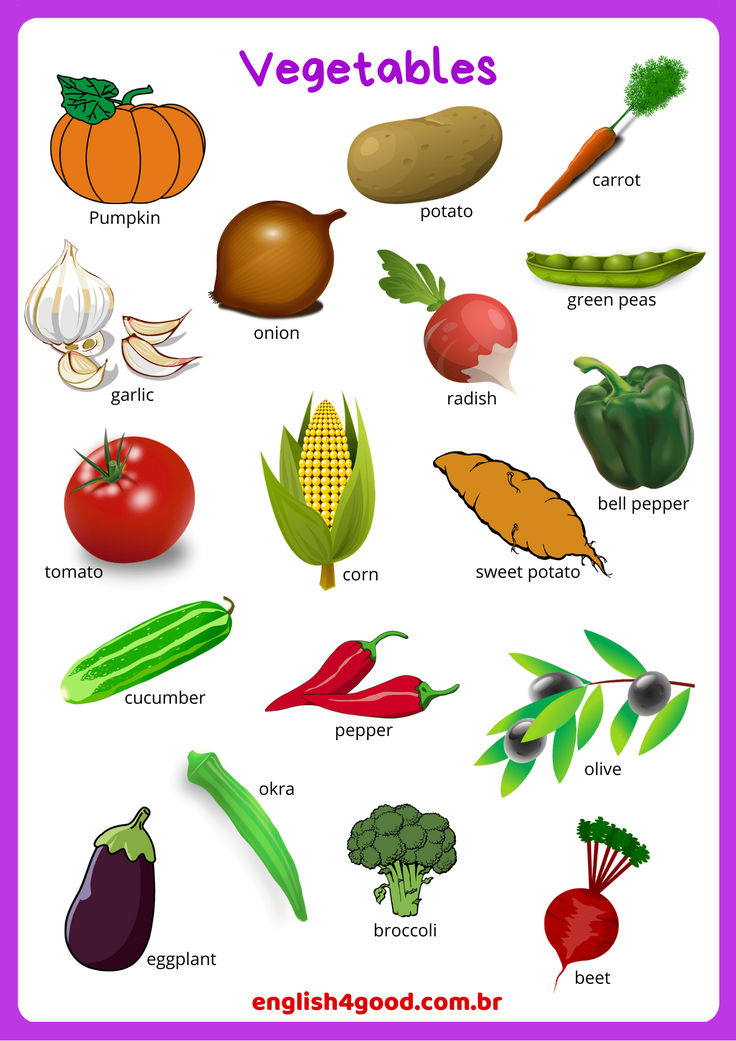 ..., clumsy, clubfoot - ... .., cunning, red - ...,
..., clumsy, clubfoot - ... .., cunning, red - ...,
Game: “Call it in one word” (complex words)
It flies by itself - an airplane
It goes everywhere - …… ..
Snow is falling - …….
Dust sucks - …….
Game: "Pick up a word" (you can play with the ball)
What can you say about - fresh?......., fresh? ….
old…. old…..
Practicing exercises using polysemy of words:
bow, crane, lightning bolt, key, etc., using visual pictures.
Despite everyday, fruitful work, there are many problems in the speech of preschool children:
The child is not yet able to construct a sentence grammatically correctly.
Speech monosyllabic, insufficient vocabulary.
The child has difficulty writing a descriptive story on a given topic. Cannot retell the text in his own words.
Some children find it difficult to logically substantiate (explain) their statements or actions.
Lack of speech culture skills: inability to use intonation, regulate voice volume, etc.
The peculiarity of vocabulary work in a preschool institution is that it is connected with all upbringing and educational work with children. Enrichment of the vocabulary occurs in the process of getting acquainted with the outside world, in all types of children's activities, everyday life, communication. Work on the word clarifies the child's ideas, deepens his feelings, organizes social experience
Work with children on vocabulary development can be carried out:
1. In the course of direct educational activities;
2. During regime moments;
3. In the process of joint activity of a teacher with children;
4. When organizing independent children's activities.
The implementation of the self-education program for my topic is carried out in two directions:
1. Joint activities with children.
2. Interaction with parents.
Consultations for parents on the topic: "Development of children's speech"
Work in the corner for parents (place a rubric of advice and wishes on the topic)
Joint reading Russian.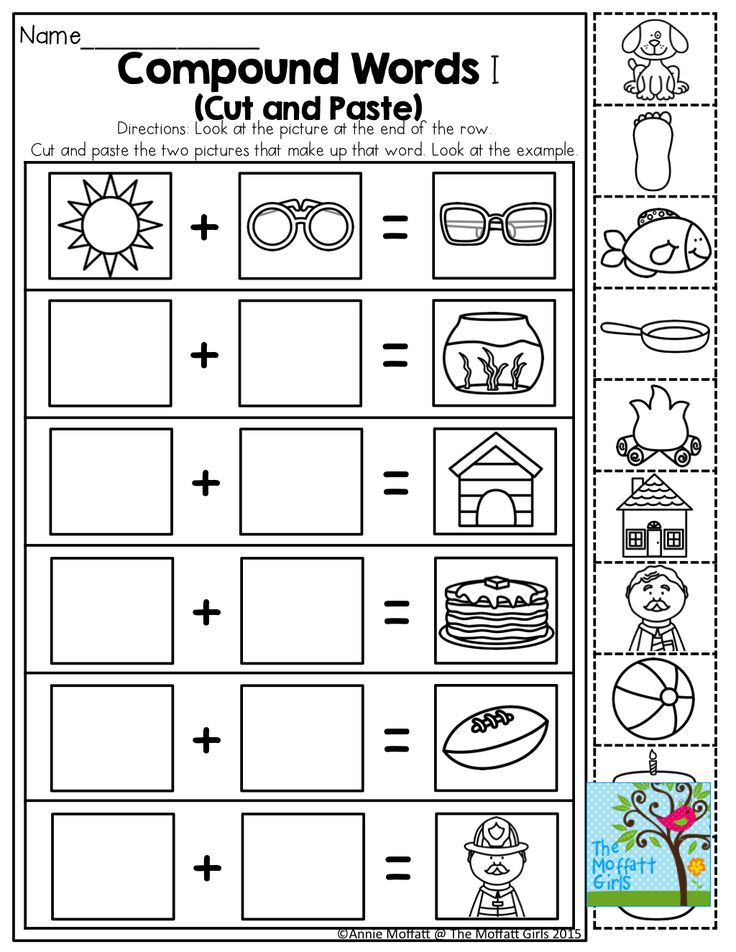 nar. fairy tales with an explanation of the meaning of ancient words.
nar. fairy tales with an explanation of the meaning of ancient words.
Making a card index D / Vocabulary development games.
Joint activities with children
Presentation of the project: “Magic words”, “We speak correctly”
Timely development of the vocabulary is one of the important factors in preparing for schooling. Children who do not have sufficient vocabulary experience great learning difficulties, not finding the right words to express their thoughts. Teachers note that students with a rich vocabulary solve arithmetic problems better, master reading skills, grammar more easily, and are more active in mental work in the classroom.
All tasks of vocabulary work are solved in unity with other tasks of speech development.
Vocabulary work at Russian language lessons
"Vocabulary work is not an episode in the teacher's work,
but a systematic, well-organized,
pedagogically expediently constructed work,
associated with all sections of the Russian language course",
- wrote the famous methodologist A.V. Tekuchev.
These wonderful words fully retain their meaning even today.
Vocabulary classes at Russian language lessons in elementary grades are one of the main links in a variety of work on the development of students' speech.
Recently, the teaching of the Russian language at school has changed significantly. One of the leading places among the many directions in the work on the language has been firmly occupied by the problem of the development of students' speech, namely, the enrichment of schoolchildren with lexical means as the main ones in communicative activity. In the school method of teaching the Russian language, the enrichment of the vocabulary (lexicon) of students is facilitated primarily by vocabulary work.
The development of an active vocabulary of students involves finding out the lexical meaning of the word . Misunderstanding the meaning of words and the inability to use them in speech in the most negative way affects the success of teaching children and their speech development.
Practice shows that the Russian language is often not interesting for a certain circle of children, hence the low activity of students in the classroom and grammatical errors when writing words. The richer the active vocabulary of a person, the more meaningful, intelligible, more competent and beautiful his oral and written speech.
To fulfill the conditions for good oral and written speech, it is necessary to acquaint children with the verbal richness of their native language and develop in them the ability to put these words into sentences so that they can sensibly, correctly and freely convey their own and other people's thoughts.
Work on the word at the initial stage of school education should be the fundamental basis on which classes in the Russian language are built, thereby enriching the vocabulary of the language. It is known that the richer the active vocabulary of a person, the more meaningful, intelligible, competent and beautiful his speech. That is why the work on the word when teaching the Russian language deserves such attention.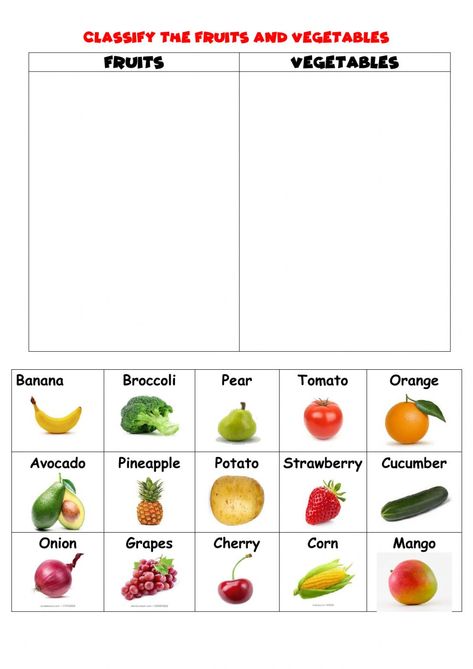 It is needed both for mastering skills, and for mental development, and for understanding many grammatical phenomena. Today, education is an indispensable condition for the formation of a person as a full-fledged personality. School is the first step in this long and difficult ascent.
It is needed both for mastering skills, and for mental development, and for understanding many grammatical phenomena. Today, education is an indispensable condition for the formation of a person as a full-fledged personality. School is the first step in this long and difficult ascent.
It is at school that a child builds a system of knowledge, skills, abilities and values that he will use throughout his life.
The development of students' speech is the basis of the school course for teaching children the Russian language. There are various ways to improve the speech culture of students. Of particular importance are lexical exercises - the ability to use in your speech those words that correspond to an accurate and expressive statement. Enriching the vocabulary and expanding the horizons of students plays an important role in the development of children's speech.
The quality of proficiency in oral and written speech lies in the abundance of vocabulary, turns of speech and the ability to build a harmonious, logically correct syntactic unity (text).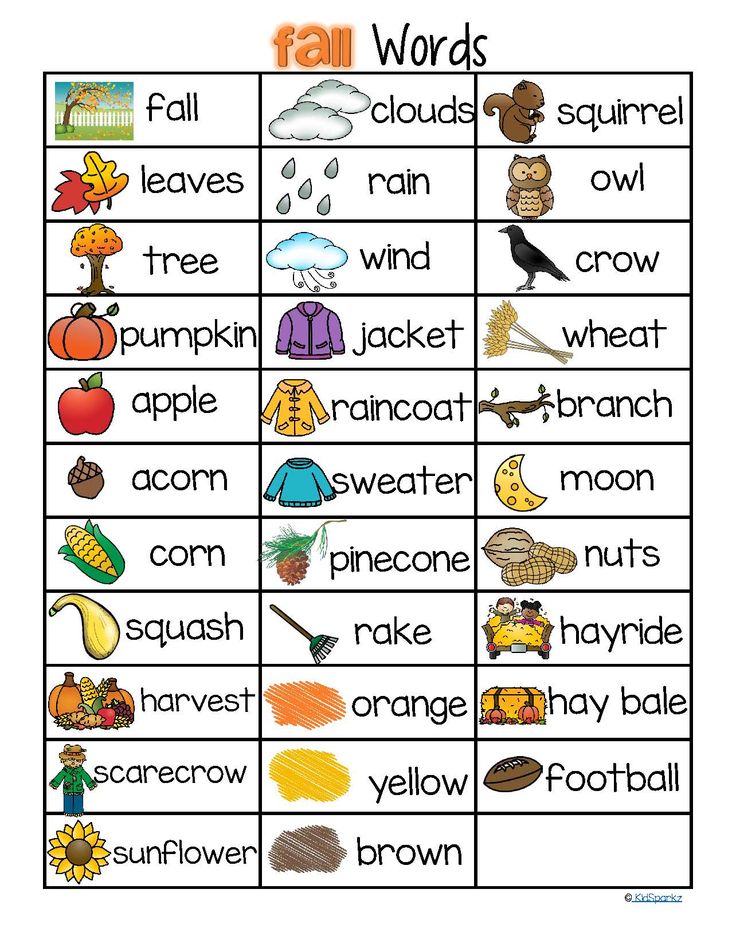 And from this point of view, vocabulary work with students is the best means of mastering literate speech, as it solves several problems at the same time:
And from this point of view, vocabulary work with students is the best means of mastering literate speech, as it solves several problems at the same time:
- expands students' vocabulary;
- translates words from the passive dictionary into the active one;
- teaches you to correctly and competently express your thoughts when writing.
The content of vocabulary work is the explanation of new words understandable to students, analysis and clarification of the meanings of words already known to them, familiarization of students with the exceptional richness of the dictionary and demonstration of its stylistic possibilities.
Vocabulary work is not an episode in the teacher's work, but a systematic, well-organized, pedagogically expediently constructed work related to all sections of the Russian language course.
Under the enrichment of the vocabulary of students should be understood not only its quantitative increase, but also its qualitative changes, expressed in expanding the scope of concepts, in clarifying the meanings of words, in familiarizing with new meanings of already known words.
The words that the student constantly uses in his speech constitute his active vocabulary; words that become familiar to the student to some extent, but are not used in his speech, constitute a passive dictionary. The division of students' words into an active and passive dictionary is conditional, since these two categories of words constantly interact with each other - from the student's passive dictionary, words pass into the active dictionary.
Vocabulary work can be aimed at familiarizing students with the lexical meaning of words that are new to them or words whose meaning children do not understand correctly, or pursue grammatical goals, namely: the assimilation by children in individual words of some grammatical forms, the formation of which causes children difficulties.
So, for example, students incorrectly form the grammatical forms of verbs - erase - erase from the board, catch - I will catch, want - they want, case forms - happy birthday, bought apples, what is your last name etc.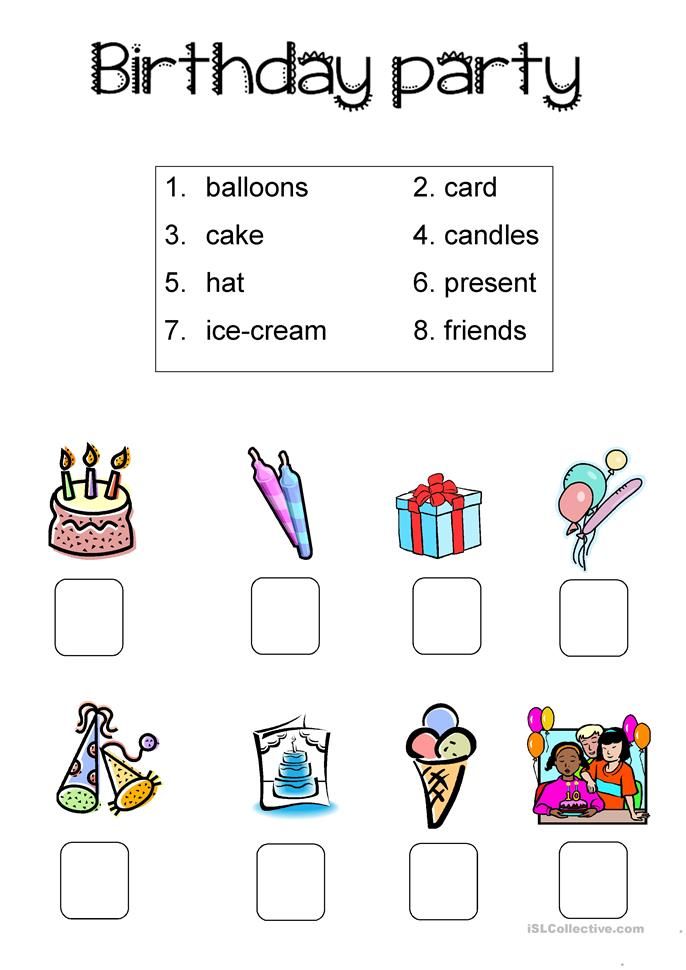
Vocabulary exercises can be carried out with the aim of teaching children the correct pronunciation of individual words and, above all, observing the normative stress in words, for example: caterpillar, sorrel, shell, briefcase, quarter, catalog, kilometer , etc.
In my Russian language lessons I try to give children the etymology of the word, I pay great attention to vocabulary work. Students with interest are included in the work aimed at getting to know the origin of the word, its primary source.
Visibility plays an important role here. I suggest that the children themselves explain the meaning of some words that they use in their speech, but do not know its origins. For example: pencil (kara-black, dash-stone), crocodile (croco-stone, dilo-worm) , etc.
At the same time, it is explained from which language this or that word came to us. The explanation is accompanied by a drawing. Practice has shown that this type of work helps children to better understand and remember the spelling of the word.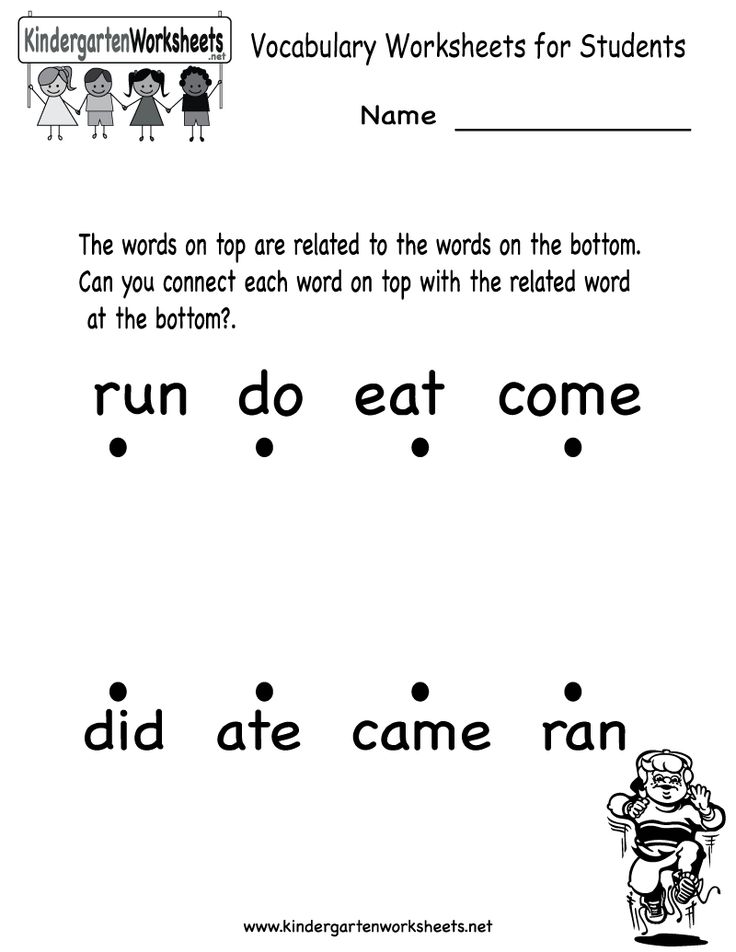 In subsequent lessons, children accurately reproduce the graphic spelling of these words.
In subsequent lessons, children accurately reproduce the graphic spelling of these words.
In cases where it is not possible to show visually, graphically, it is possible to reveal the content of a word incomprehensible to children by a brief verbal interpretation, using one of the methods of semantic definitions:
- its lexical meaning to the word being defined, for example, emerald - bright green, groom - care, take care of , etc.
- An incomprehensible word or expression can be explained by listing the objects (objects, signs, actions) that are called by the given word: metals are gold, silver, iron, copper, …, insects are butterflies, beetles, bees, ants,..
- You can use a descriptive way, for example: old-timer - a person who has lived in this house since it was occupied.
- The meaning of an incomprehensible word can be revealed by a logical definition, for example : larch - a coniferous tree with soft needles that fall in the winter; barn - a building, structure, building for storing grain, flour or goods.
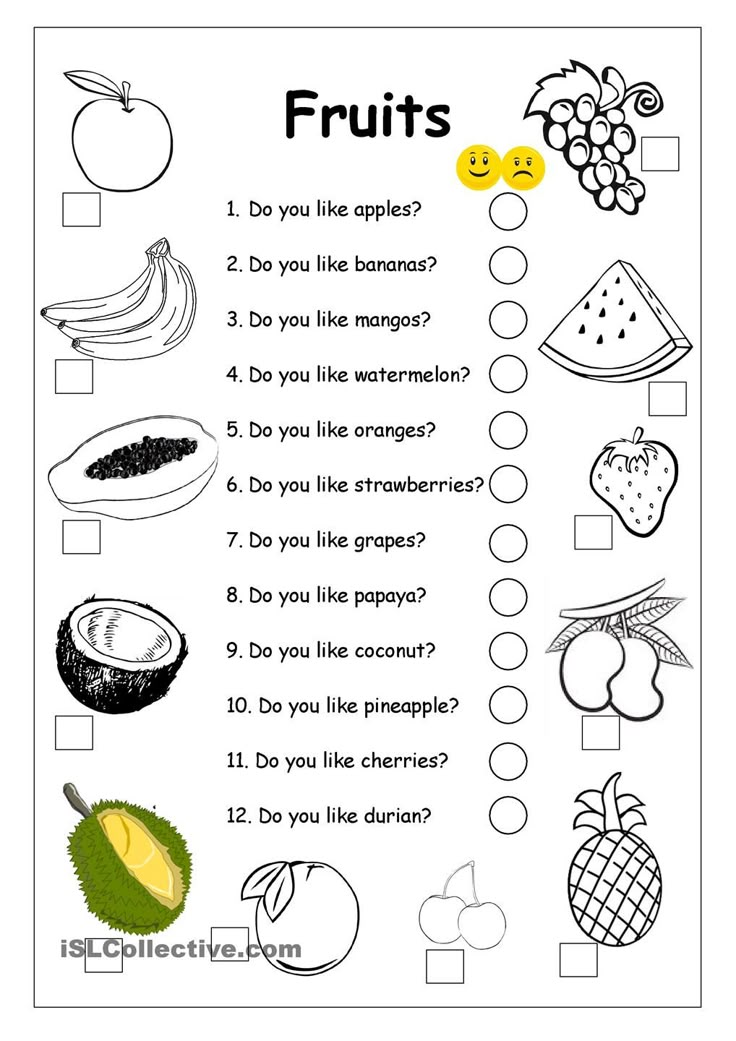 The use of the considered methods in explaining the lexical meaning of unfamiliar words will ensure not only the understanding and assimilation of the necessary material by students, but will also contribute to the expansion and deepening of children's knowledge. In my practical work, I use different types of vocabulary work. The most common type of vocabulary and spelling exercises are dictations. They can be used to get acquainted with a new word, to reinforce learned words, and also as a control type of work on difficult words.
The use of the considered methods in explaining the lexical meaning of unfamiliar words will ensure not only the understanding and assimilation of the necessary material by students, but will also contribute to the expansion and deepening of children's knowledge. In my practical work, I use different types of vocabulary work. The most common type of vocabulary and spelling exercises are dictations. They can be used to get acquainted with a new word, to reinforce learned words, and also as a control type of work on difficult words.
Visual dictation.- A word is written with a highlighted unstressed vowel. Students say it out and then write it down from memory.
- Picture dictation. - Children name the depicted object, explain the spelling of the word and write it down. You can make 2-3 sentences with these words and write down phrases.
- Selective dictation. (can be pictorial, auditory, visual).
- Dictation using riddles.
- Dictation from memory.
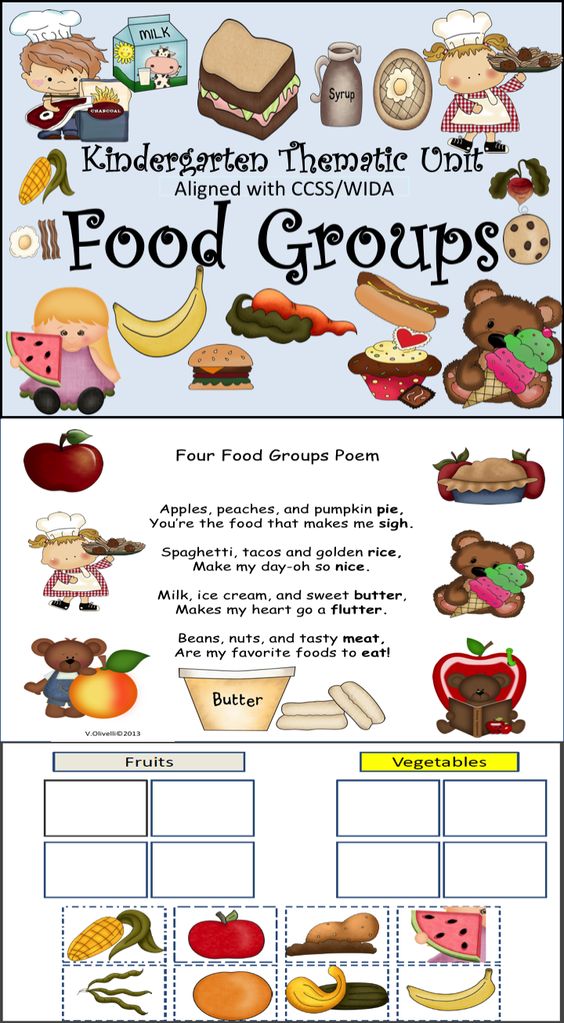 - Write down from memory words denoting pieces of furniture, pets ... - Write down words in the spelling of which you need to remember an unstressed vowel (e, o, a, i, i)
- Write down from memory words denoting pieces of furniture, pets ... - Write down words in the spelling of which you need to remember an unstressed vowel (e, o, a, i, i) - Dictation with commentary.
- Creative dictation.
- Replace the expanded definition with one word. - storage for books (library).
- Fill in the sentences with the appropriate words from the Dictionary.
- deciduous trees -………
- wild animals - …………
I combine vocabulary work with a minute of calligraphy. When writing elements of letters or a letter combination, I write dictionary words that begin with this letter or words that have a combination of these letters in their spelling. The use of punched cards allows you to check the knowledge of all students, with a small investment of time. This type of vocabulary work is of interest to children and gives a positive result. I also use such a task - I name the first word, the children continue the chain: each subsequent word must begin with the last letter of the previous one.